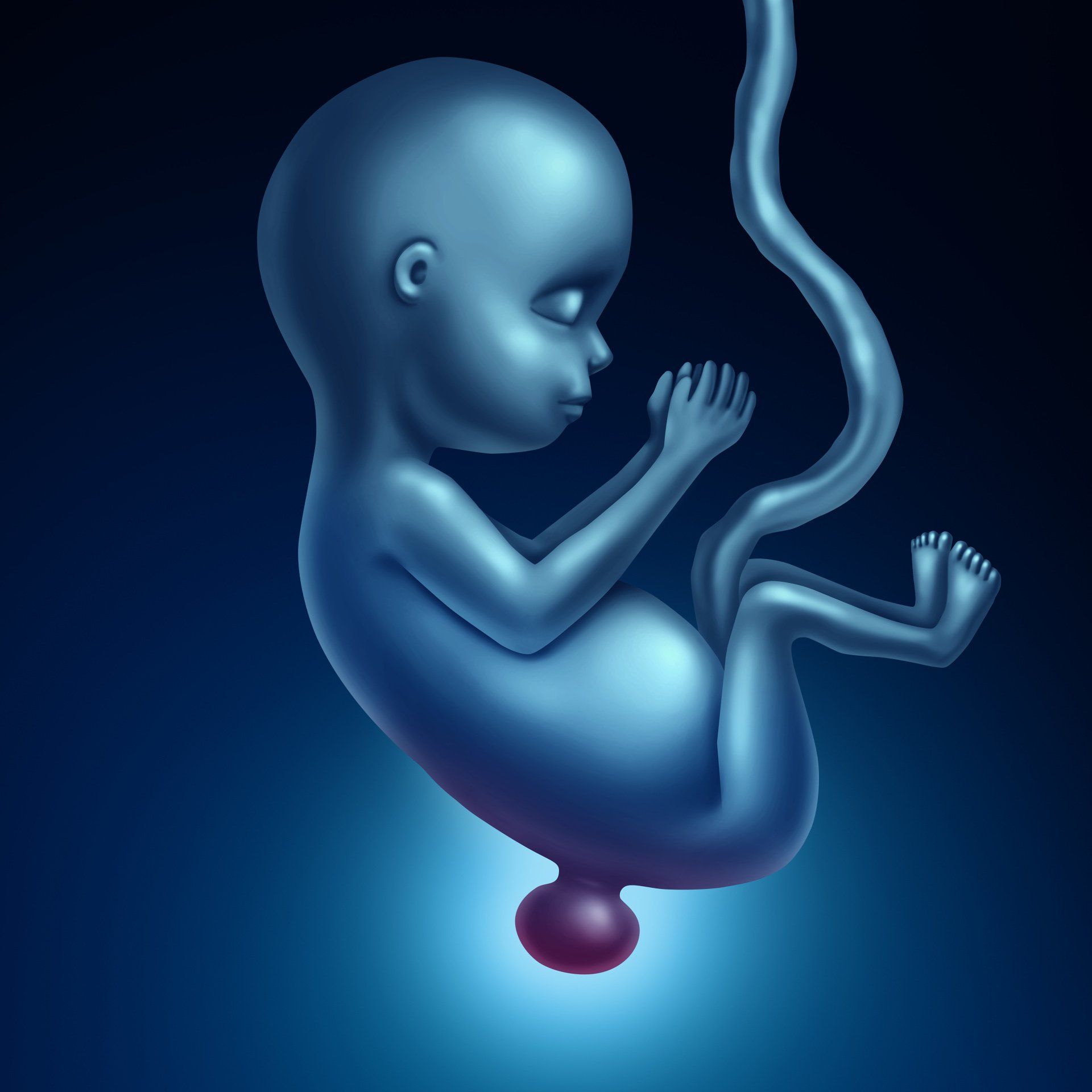Baton Rouge Spina Bifida Specialists
RELATED PAGES
What is Spina Bifida?
Spina bifida is a neural tube defect (NTD) in which the spine does not close completely, exposing a portion of the spinal cord underneath. This can lead to a number of potential complications, including issues with bowel and bladder control, paralysis or loss of sensation in the legs, and a condition known as hydrocephalus in which spinal fluid builds up in the brain.
What are the Different Types of Spina Bifida?
Spina bifida occurs in different forms with varying degrees of severity. The four main forms of the condition include:
- Occulta - This form of spina bifida is the mildest and most common, affecting roughly 10 to 20 percent of the population. In occulta, there is a malformation of one or more vertebrae covered by skin. Typically, patients with this form of spina bifida do not experience symptoms or disability.
- Closed Neural Tube Defects - In this form of spina bifida, the malformation does not just consist of bone, but may also include fat or meninges. Typically, patients suffer from few symptoms. Those who do may experience some bladder or bowel dysfunction or partial paralysis.
- Meningocele - Meningocele is a type of spina bifida in which meninges and spinal fluid protrude through the opening in the spine. A covering of skin may or may not be present, and symptoms can range from none to complete paralysis.
- Myelomeningocele - This is the most severe form of spina bifida. It involves not only spinal fluid and meninges, but neural elements that also protrude through the spine. Patients with this form experience bladder and bowel dysfunction and paralysis below the opening that may be partial or full.
How Spina Bifida is Treated
Naturally, the treatment for spina bifida depends on the specific type that is present, as well as the severity of symptoms. Among the most common treatments for the condition are:
- Surgical Repair - In patients with more severe forms of spina bifida, surgery to replace the exposed tissue and nerves and close the spinal opening may be performed either before or following birth.
- Shunting - Hydrocephalus, a common complication of spina bifida, results in a dangerous build up of spinal fluid around the brain. A shunt drains this excess fluid and relieves pressure.
- Physical and Occupational Therapy - Occupational and physical therapy are vital treatment components to help spina bifida patients retain muscle strength. Likewise, use of crutches, leg braces, or a wheelchair can help many maintain their independence and perform day-to-day tasks more easily.
RELATED READING
Spina Bifida Blogs
MOVE MORE, HURT LESS.
7301 Hennessy Blvd.
Suite 200
Baton Rouge, LA 70808
tel: (225) 766-0050
fax: (225) 766-1499
Bone & Joint Clinic of Baton Rouge, Inc. complies with applicable Federal civil rights laws and does not discriminate on the basis of race, color, national origin, age, disability or sex.
Click to view our notice.
Bone & Joint Clinic of Baton Rouge | All Rights Reserved.



